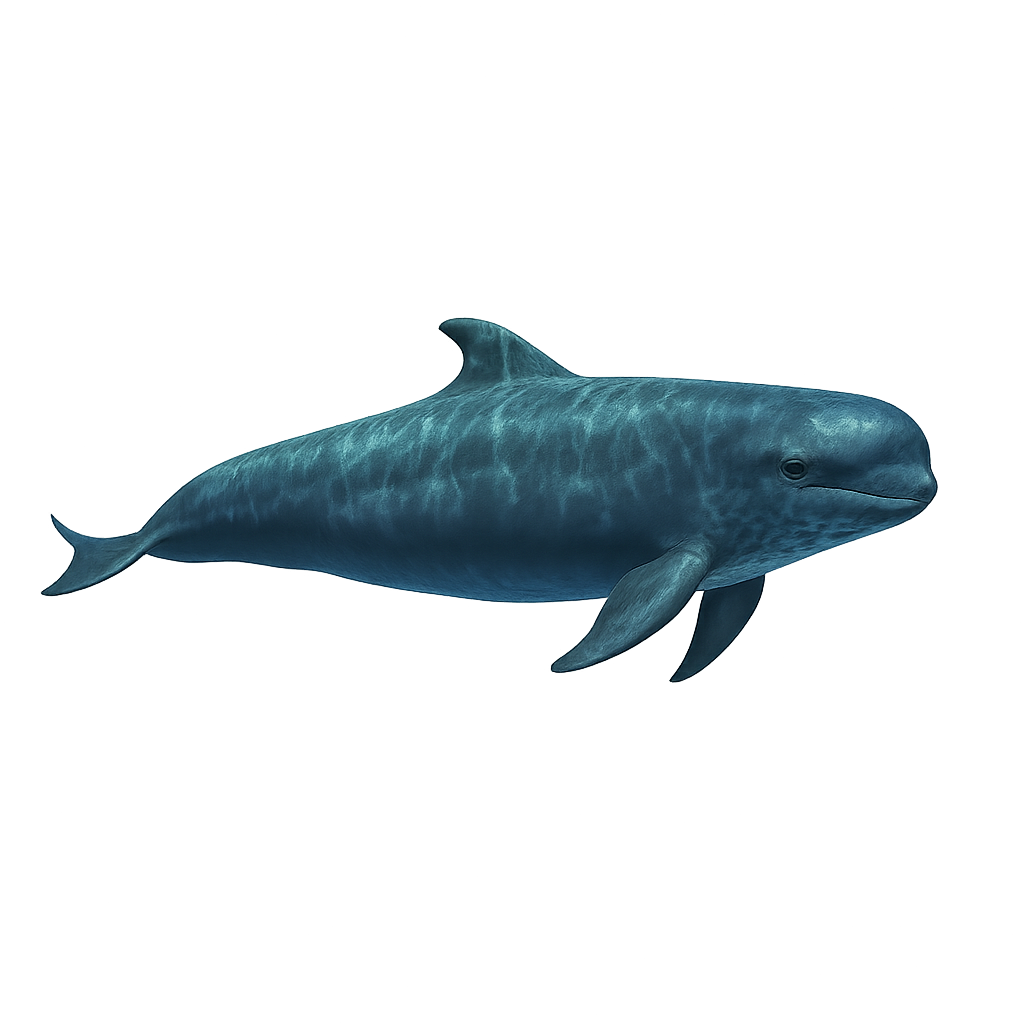Your wildlife photography guide.
Explore the pygmy sperm whale in detail, study its behavior, prepare your shots.
Where to observe and photograph the pygmy sperm whale in the wild
Learn where and when to spot the pygmy sperm whale in the wild, how to identify the species based on distinctive features, and what natural environments it inhabits. The WildlifePhotographer app offers tailored photography tips that reflect the pygmy sperm whale’s behavior, helping you capture better wildlife images. Explore the full species profile for key information including description, habitat, active periods, and approach techniques.
Pygmy sperm whale
Scientific name: Kogia breviceps

IUCN Status: Vulnerable
Family: KOGIIDAE
Group: Marine mammals
Sensitivity to human approach: Very shy
Minimum approach distance: 100 m
Reproductive period: May to July
Duration: 420–450 jours
Births: May to July
Habitat:
Warm temperate and tropical oceans
Activity period :
Active intermittently throughout day and night.
Identification and description:
The pygmy sperm whale is a small robust cetacean measuring 2.7–3.4 m in length with a bluish-gray fusiform body. Found in warm temperate and tropical oceans, it deep-dives for squid and fish. Secretive at the surface, it is often spotted by its blow and fluke when it dives.
Recommended lens:
400 mm – adjust based on distance, desired framing (portrait or habitat), and approach conditions.
Photography tips:
Position yourself on a stable vessel at a safe distance and watch for blows and flukes at the surface. Shoot at sunrise or sunset for raking light, using a fast shutter speed to freeze splashes.
The WildlifePhotographer App is coming soon!
Be the first to explore the best nature spots, track rutting seasons, log your observations, and observe more wildlife.
Already 1 429 wildlife lovers subscribed worldwide

